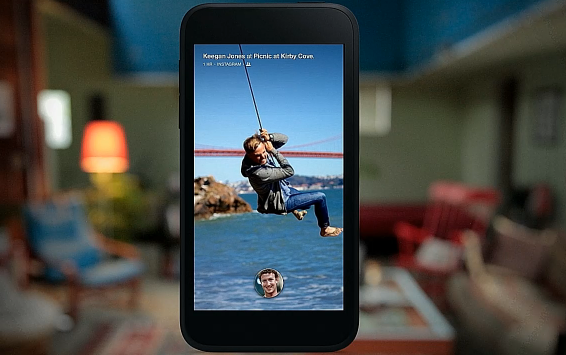In previous posts, I’ve talked about the dramatic change at
retail with what I call the “megaphone” effect. In case you missed those
writings, I’m a firm believer that at the “Moments of Trust” touchpoints bringing
together a consumer and a business, the individual has an amped-up and
important voice regardless of whether he or she carries a smartphone or a
feature phone.
At these “Moments of Trust” that impact sales and brand loyalty,
consumers express their pleasure, displeasure or indifference (which may be
worst of all) via instantly posting their words, photos or videos on social
networks, or by texting to those in their worlds. It doesn’t take the most
sophisticated phone or the most technical of mobile user. It just takes a
megaphone.
I bring the subject up again after reading Why SMBs Should Embrace Negative Customer
Feedback, a post on cfo.com http://www3.cfo.com/article/2013/4/social-media_reputation-management-risk-growth-smb-1saleaday-federman-customer-feedback?currpage=0.
In it, an employee for daily deals site 1SaleADay.com wrote
about the comments his business received after it began selling a credit card
pocketknife, a utility knife that folds into the size of a credit card.
Soon after, a customer in law enforcement posted the
following message, criticizing the sale of the product:
“As a Law Enforcement Officer, I do not appreciate you
selling items that criminals can easily hide... As a result of you selling this
product, I will no longer be your customer, and will be spreading the word, via
word of mouth and social media, for people to stop buying from your website.”
The remarks were out of the ordinary with most daily input
coming about shipping and returns.
But knowing that BIA/Kelsey estimates that small businesses
spent $1.6 billion managing their online reputations in 2011, and are projected
to spend more than $5 billion a year by 2015, 1SaleADay.com decided to be
transparent and open to dialogue to its 420,000 active Facebook fans.
“From a financial perspective it was important for us to
survey our consumers to ascertain whether this particular consumer’s sentiment
was more widespread,” the author wrote in the cfo.com post. “We decided that if
the reaction to selling the knife was overwhelmingly negative, we would
reconsider whether to sell this product because it would hurt our bottom line
by alienating existing customers. On the other hand, there was also a concern
that by soliciting feedback we would draw unnecessary attention to this issue
and bring out otherwise latent criticism.”
Within 24 hours, the company received over 750 comments. Many
of those that left comments were appreciative that the company was seeking
their perspective. The vast majority agreed with the decision to list the
knife, pointing out that other major retailers sell the same and similar
knives. One comment, which received over 220 independent likes, said, "I
don't appreciate the law enforcement officer trying to tell me what I should
and shouldn't buy, because I haven't done anything to forfeit that right."
Which brings me back to the in-store experience. It’s no
different than what happened in this case online (in fact, by 2015 more will be
viewing the Web on a mobile device than PC).
Small and medium sized businesses compete and often win on
the personal touch, and by knowing and listening to the customer. This is even
more critical in the mobile era with speed to comment and influence happening
at a blistering pace.
1SaleADay.com took a negative and turned it into a large
positive. It’s a lesson worth remembering.
-
This post was written as part of the IBM for
Midsize Business program http://Goo.gl/t3fgW,
which provides midsize businesses with the tools, expertise and solutions they
need to become engines of a smarter planet. I’ve been compensated to contribute
to this program, but the opinions expressed in this post are my own and don't
necessarily represent IBM's positions, strategies or opinions.
























